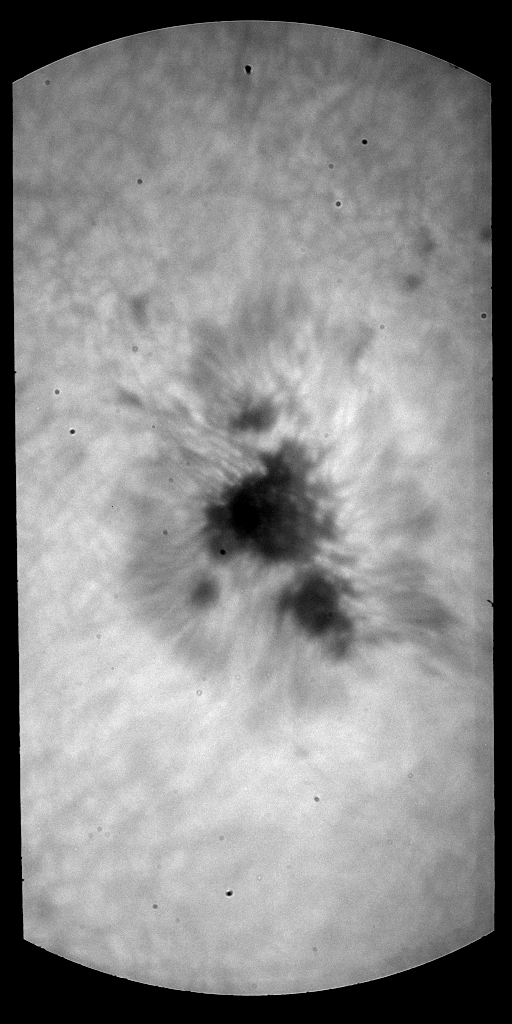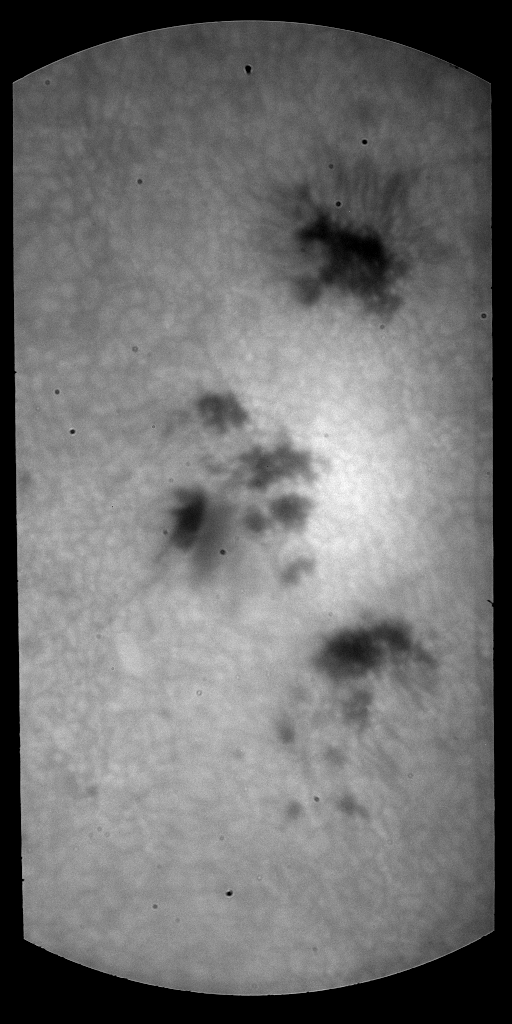3 June 2010. Good but variable seeing.
Some joint FIRS/IBIS scans obtained. 36s cadence IBIS data with 24 minute FIRS rasters of NOAA 11076 . See the observation log. One map of entire region (2 FIRS 4 slit rasters)4 June 2010. Good seeing.
More FIRS/IBIS scans obtained. 36s cadence IBIS data with 24 minute FIRS rasters of NOAA 11076 . See the observation log. FOUR maps of entire region (4 FIRS 4-slit rasters) for a total of about 4 hours of nice data (13:30-17:30 UT).Full calibration set acquired for FIRS and IBIS (IBIS last table rotation had to be re-started).
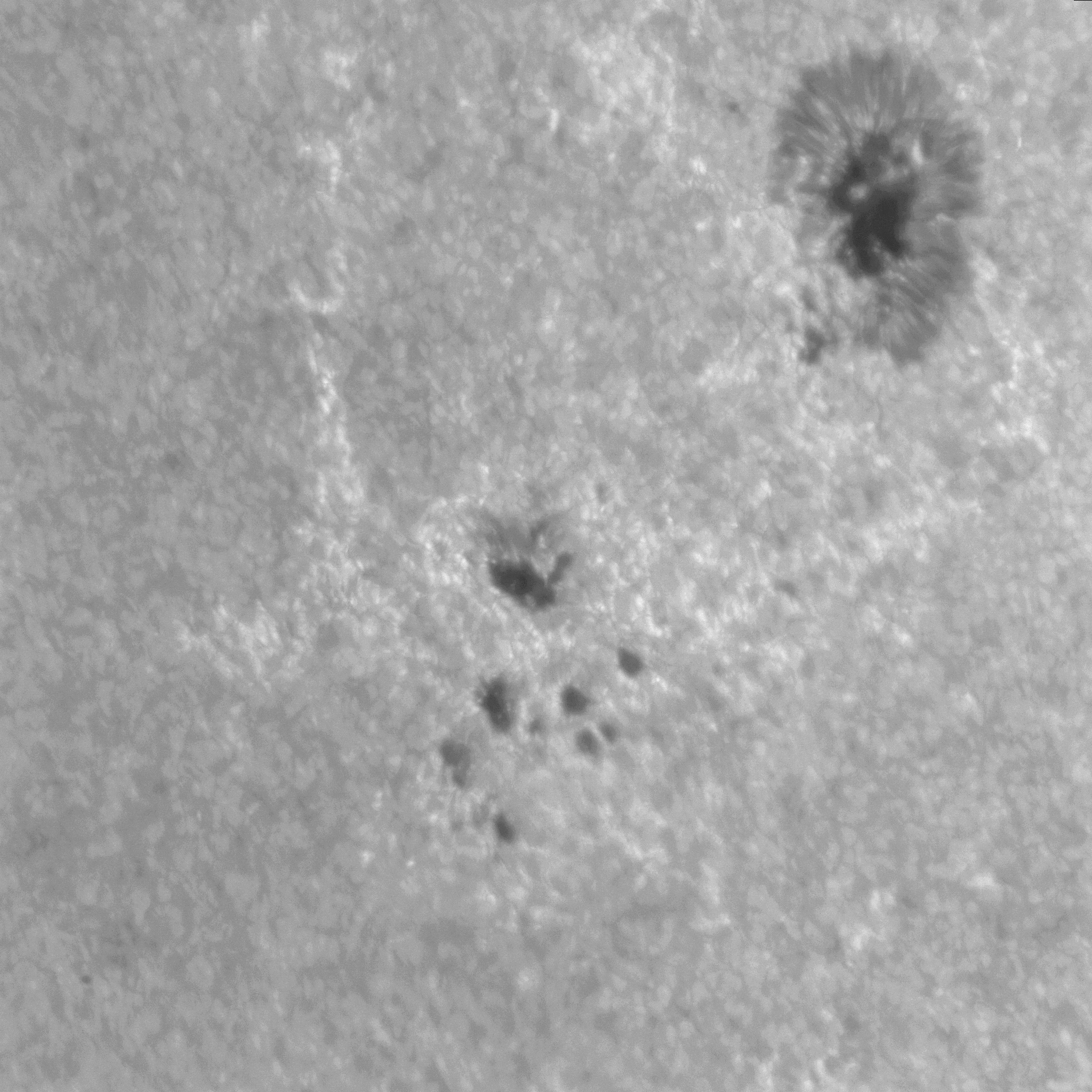
5 June 2010. Excellent variable seeing.
NOAA 11076 . See the observation log. Data were acquired over 4 hours, 2 complete scans of NOAA 11076 (2x2 pointings), one of W43, N19 (2 pointings) started 16:18UT, of several pores, 1 more complete scan of NOAA 11076.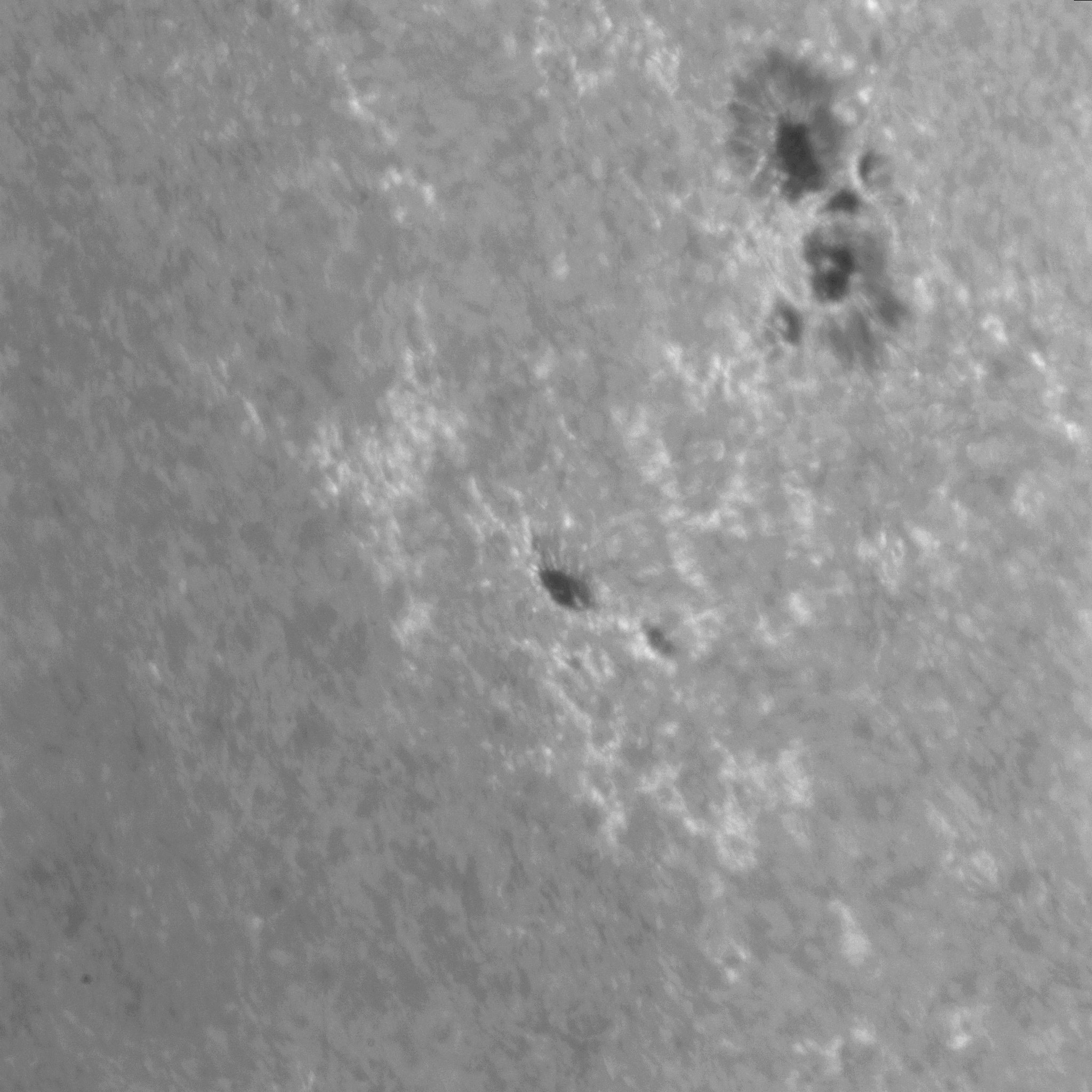
6 June 2010. Excellent variable seeing.
NOAA 11076 . See the observation log. Data were acquired over 3 hours, several scans of NOAA 11076. Clouds intervened during IBIS flats (only 20 acquired). Interesting limb data acquired at end of run.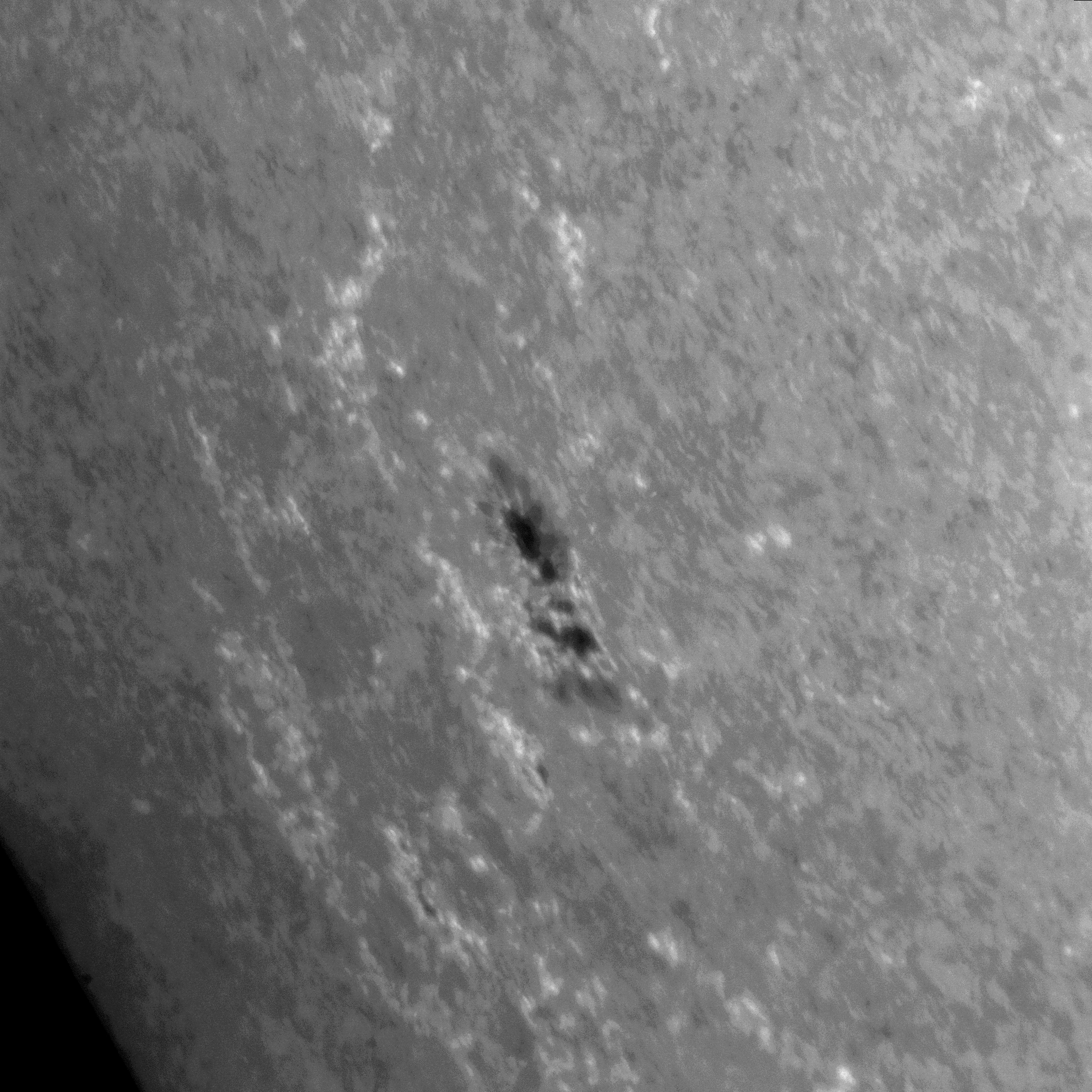
7 June 2010. Clouds..
8 June 2010. Clouds early, excellent variable seeing.
Targets: 1. limb N19 W 85 (with no AO), remnant of NOAO 11077; 2. AR near W42 S19, later named NOAA 11078. See the observation log. Interesting limb data acquired at beginning of the run.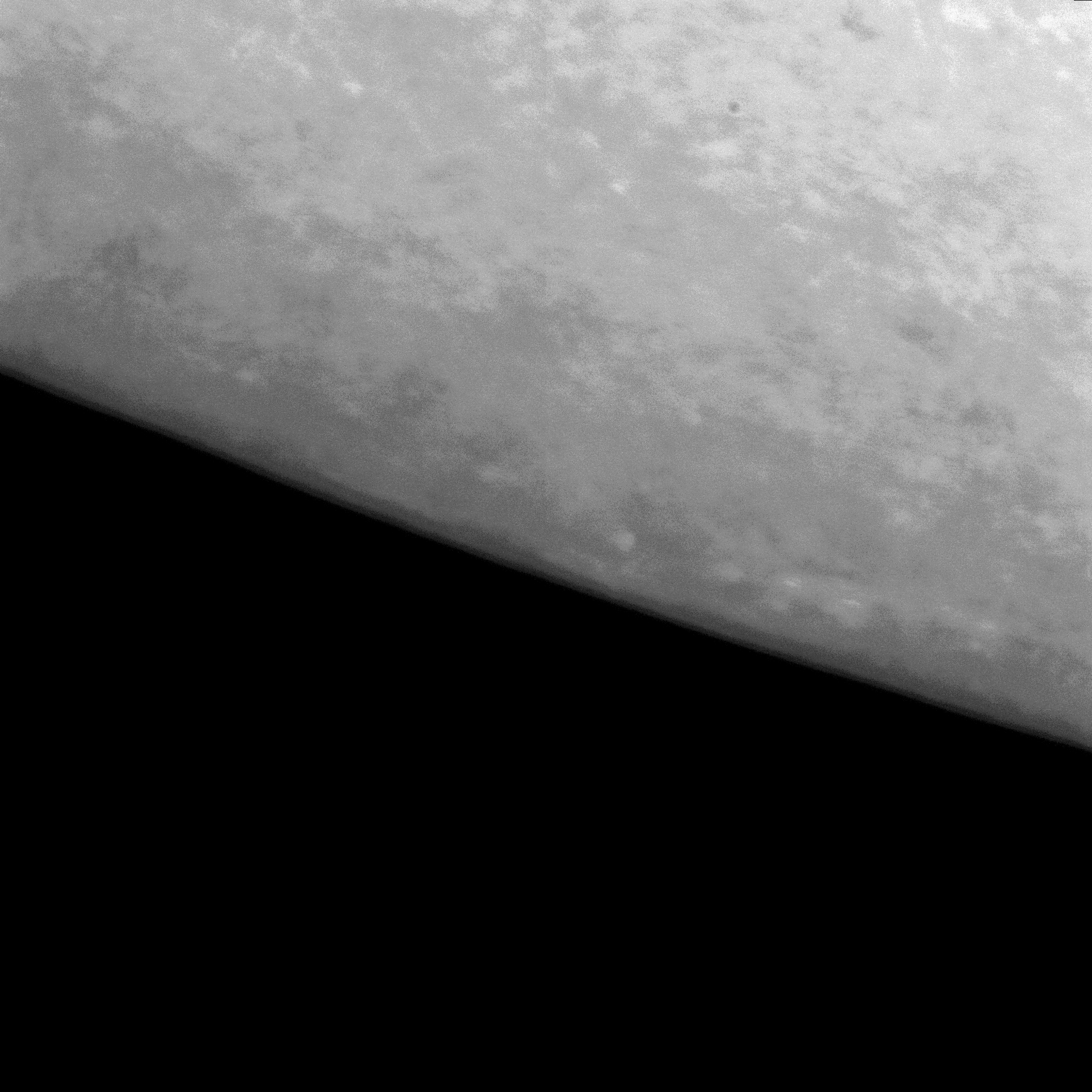
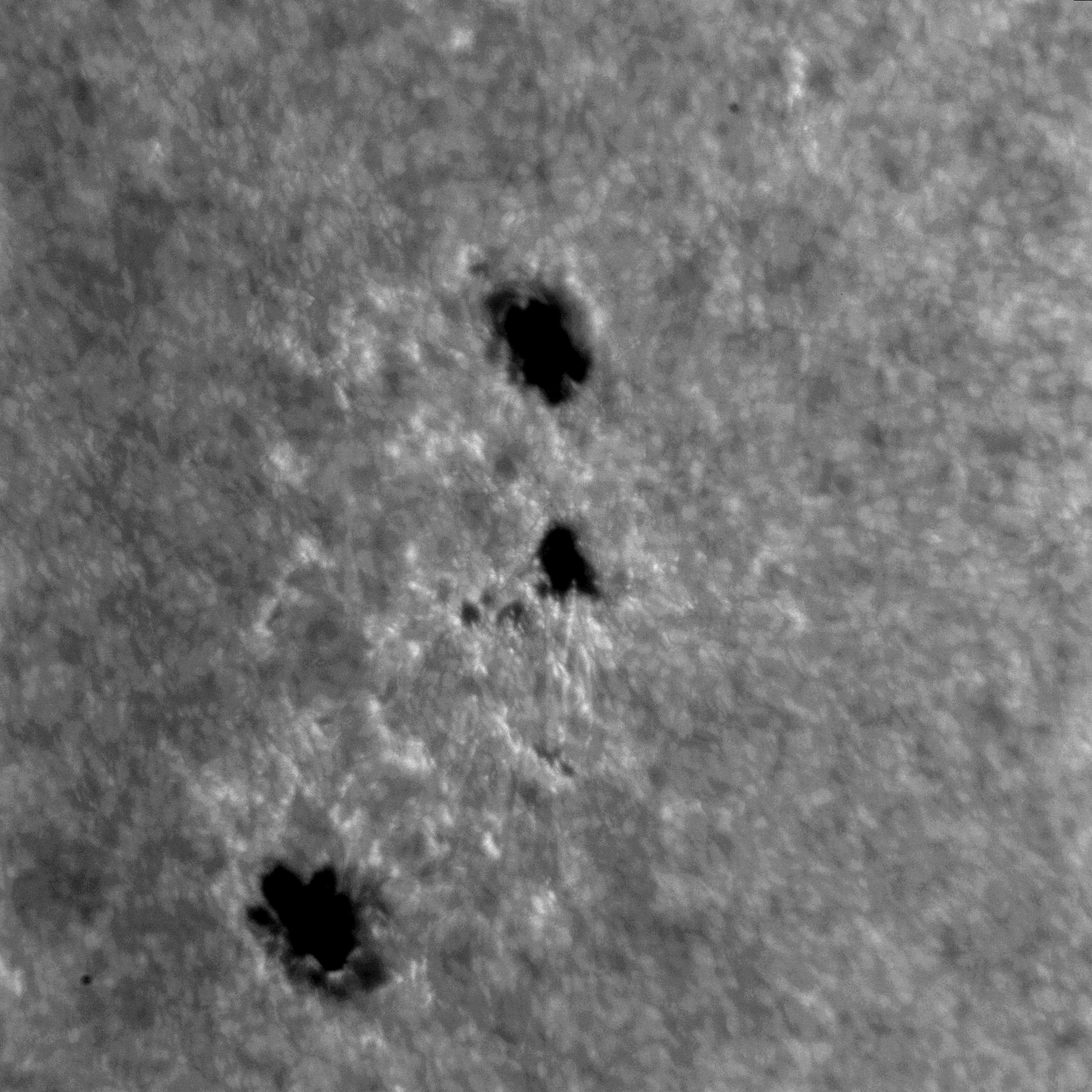
9 June 2010. Cirrus early, excellent seeing.
Targets: W58 S21, NOAA 11078. See the observation log.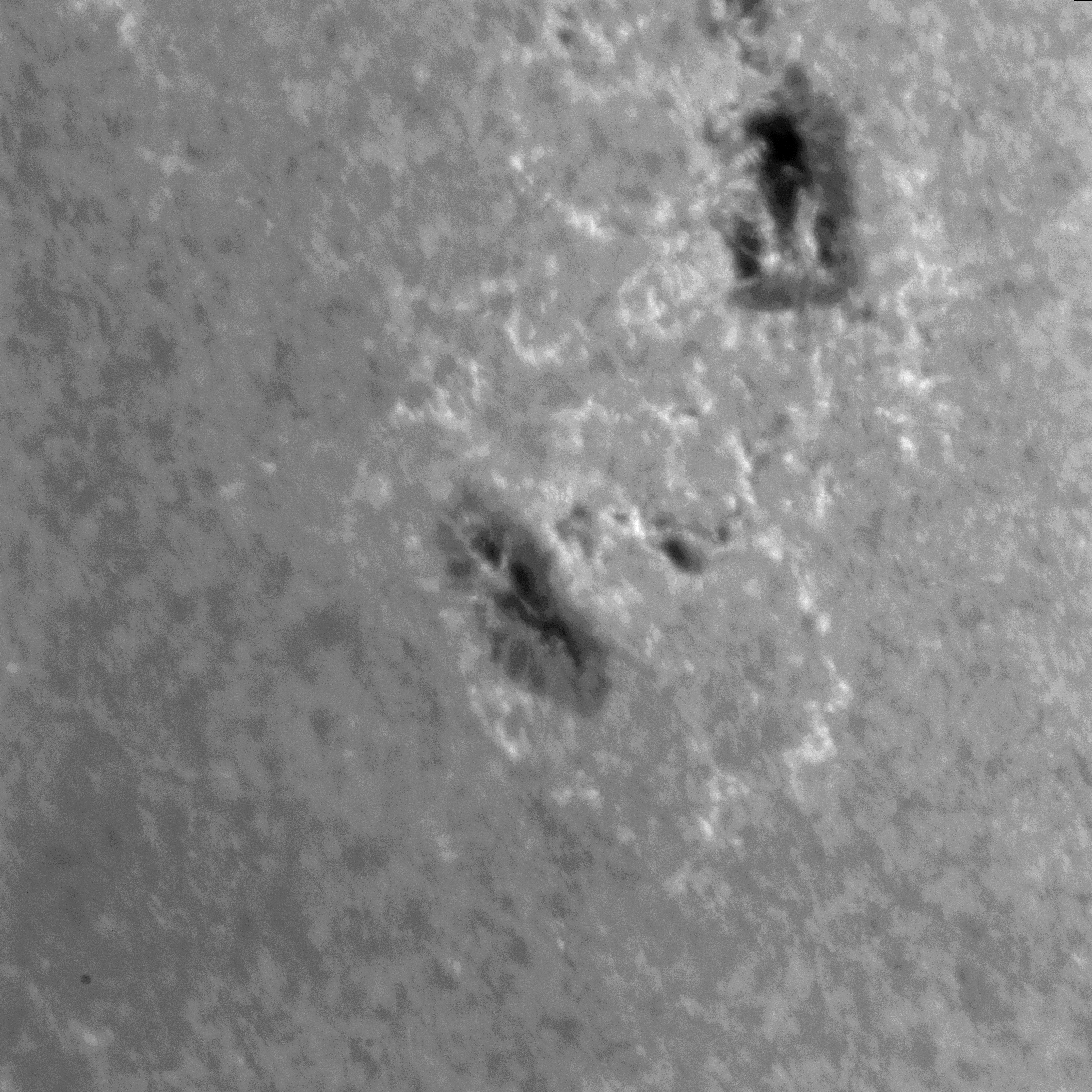
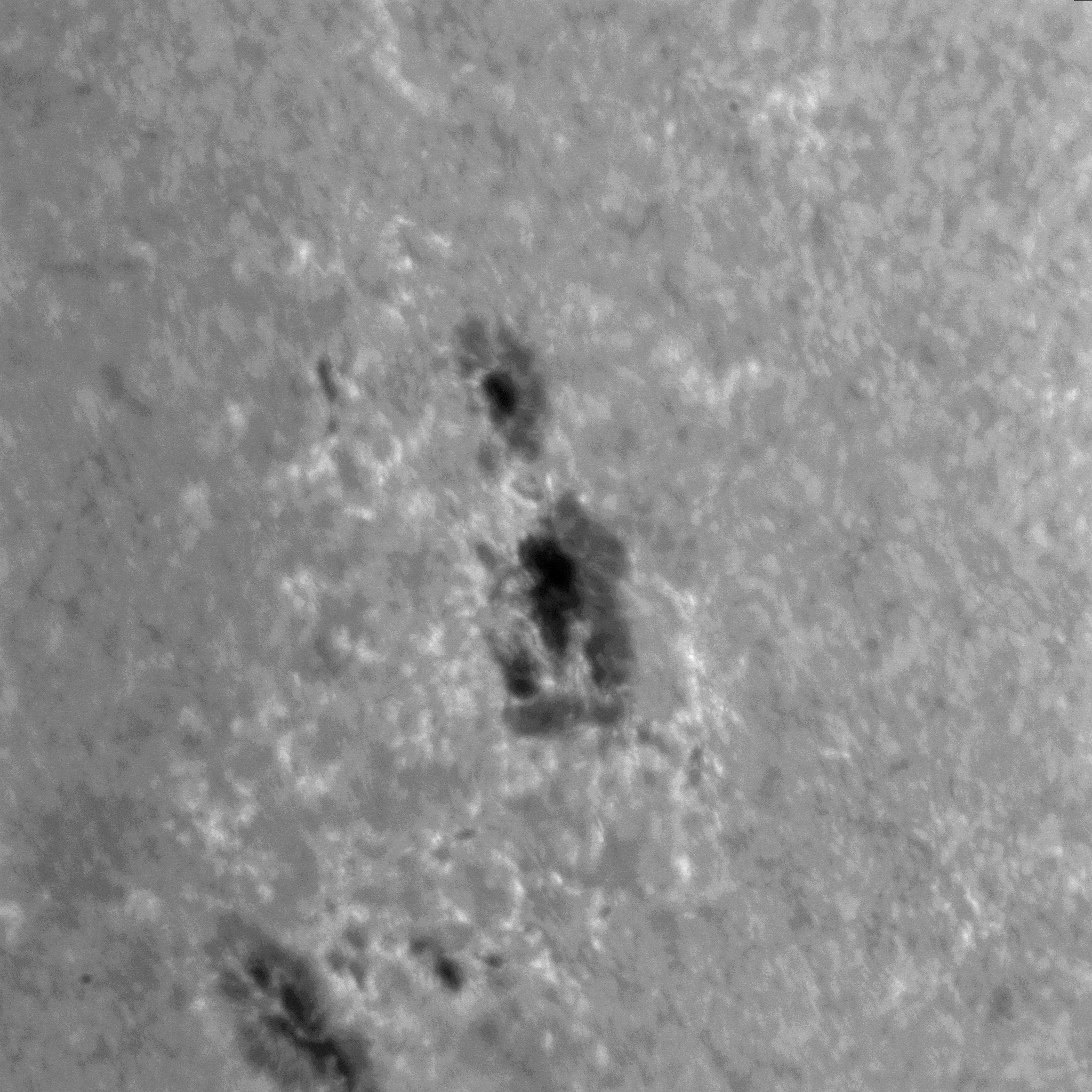
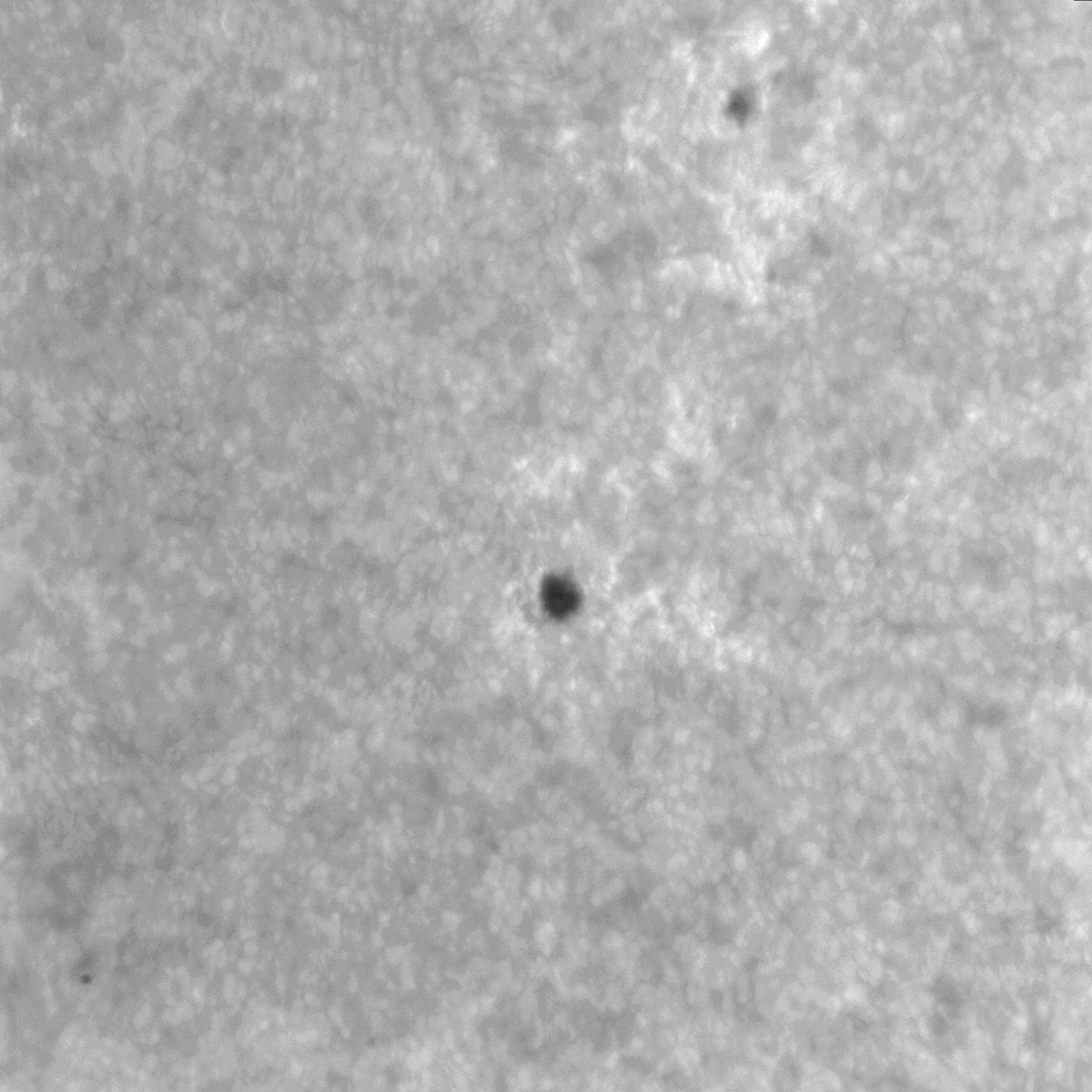
10 June 2010, some high level seeing.
Targets: NOAA 11078, 11079. Observations by DST observers (Judge traveling). See the DST observers observation log (pdf). Full polarization sequences obtained, but IBIS polcals had clouds.11 June 2010. So-so seeing.
Targets: NOAA 11080. See the observation log. Full polarization sequences obtained.12 June 2010.
Bad seeing early. Some cross-limb data were acquired early afternoon NOAA 11079 appear good, using off-pointing of AO. Probably the best off-limb data set of T864.

